 I got a tattoo. There are not many Polynesian words that have entered the English language, but perhaps the most widely used is tattoo. Exactly where and when the word "tattoo" originated is open to debate, but it is certain that it was a corruption of the Polynesian word tatau, picked up by the early European sailors exploring the Southern Ocean.
I got a tattoo. There are not many Polynesian words that have entered the English language, but perhaps the most widely used is tattoo. Exactly where and when the word "tattoo" originated is open to debate, but it is certain that it was a corruption of the Polynesian word tatau, picked up by the early European sailors exploring the Southern Ocean.I suppose that this is a good time to tell you that my tattoo is a small frangipani flower on the back of my right shoulder. It is lovely, but not conspicuous, especially compared to traditional Samoan tattoos. Of course not every Peace Corps volunteer in Samoa gets a tattoo, but a significant number of every group do so. Our Peace Corps Medical Officer even has a particular tattoo shop that she recommends.
Most Peace Corps volunteers opt for something traditional in design, emulating the tattoos that Samoan men and
blog.jpg) women wear, though somewhat less extensive. And most volunteers get their tattoos using the traditional tattooing implements – pointed metal combs (made of bone in the old days) dipped in ink and tapped into the skin with a wooden mallet.
women wear, though somewhat less extensive. And most volunteers get their tattoos using the traditional tattooing implements – pointed metal combs (made of bone in the old days) dipped in ink and tapped into the skin with a wooden mallet.I had the tattoo artist use his electric instruments because I wanted color which can’t be done with the traditional tools. It’s light red and yellow, just like a frangipani flower, with a black border design. I went in with an idea of what I wanted, and together with the tattooist, we came up with the finished pattern. It took only about a half hour. And yes, it hurt, but more at first. You kind of get used to it as it progresses, and I quickly figured out that it helped to take my mind away from the fact that I was getting punctured with needles to something else more pleasant.
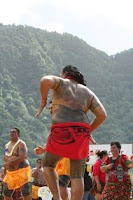 Nearly all Samoan men and women have tattoos. It’s been part of their culture for centuries. Many have smaller tattoos, but the most traditional tattoos for men cover their bodies from their bellies to mid-thigh. The ink coverage is so extensive, and the design so intricate, that on first glance it looks like they are wearing very tight pants. The ships’ logs of many early explorers commented upon the presence of “britches” upon Samoan males. This type of tattoo is called a pe’a (pay´-uh) and needless to say it’s very painful. I’ve watched them do it. The master tattooist is assisted by up to six helpers all of whom wish to become masters themselves. One will be responsible for the mixing of the dyes, another is responsible for wiping away the blood, another for dipping the instruments into the dye and receiving instruments that have been used, another cleans and sharpens the teeth of the metal combs, and another will hold the skin tight. Young women sit by the person being tattooed, holding them down to stop them moving too much and massaging the head. It takes about 40 or 50 hours to do a traditional pe’a in several sessions. And yes, in case you’re wondering, it covers everything.
Nearly all Samoan men and women have tattoos. It’s been part of their culture for centuries. Many have smaller tattoos, but the most traditional tattoos for men cover their bodies from their bellies to mid-thigh. The ink coverage is so extensive, and the design so intricate, that on first glance it looks like they are wearing very tight pants. The ships’ logs of many early explorers commented upon the presence of “britches” upon Samoan males. This type of tattoo is called a pe’a (pay´-uh) and needless to say it’s very painful. I’ve watched them do it. The master tattooist is assisted by up to six helpers all of whom wish to become masters themselves. One will be responsible for the mixing of the dyes, another is responsible for wiping away the blood, another for dipping the instruments into the dye and receiving instruments that have been used, another cleans and sharpens the teeth of the metal combs, and another will hold the skin tight. Young women sit by the person being tattooed, holding them down to stop them moving too much and massaging the head. It takes about 40 or 50 hours to do a traditional pe’a in several sessions. And yes, in case you’re wondering, it covers everything.
The tattoos applied to women are smaller and more delicate. The traditional ones cover an area wrapping around both thighs about ten inches in length. It’s called a malu.
It’s just one more thing that makes life in Samoa very interesting indeed.

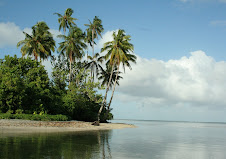



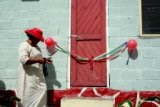
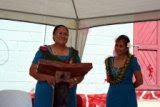
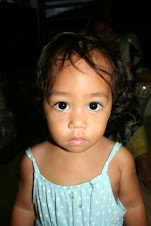
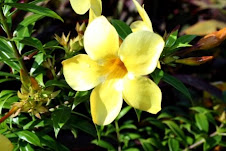
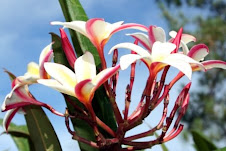
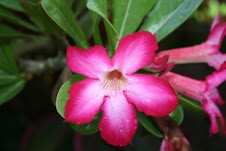

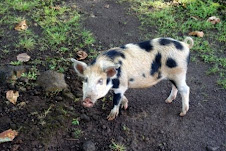

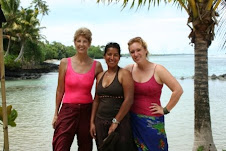

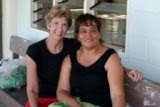

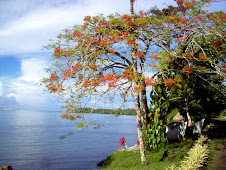
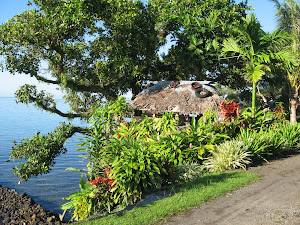
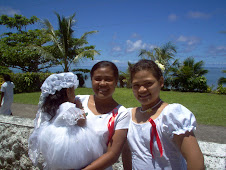
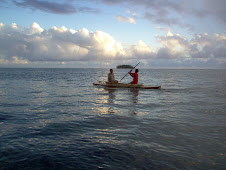

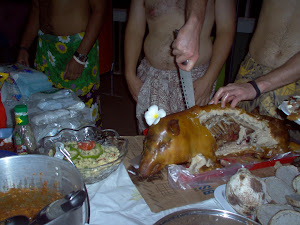
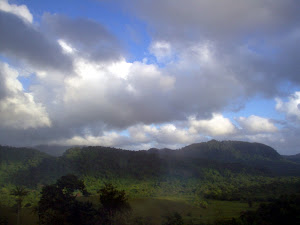
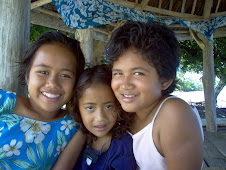.jpg)
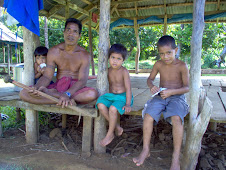



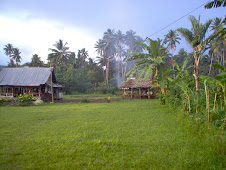



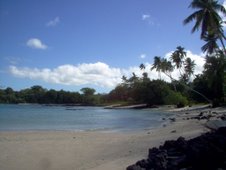
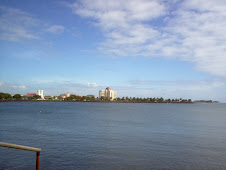

3 comments:
I would think a lot of folks spending time in Samoa would like to get a tatoo, to remind them always of the time they spent there, and as a conversation starter back when they came back home.
Looks like you are going home to care for your mom. Will miss your blog entries!
I see from Shuraleff's blog you are leavingthe islands. Goodluck in all you do, have loved your site and all the info. Next best thing to being there myself. All the best.
Post a Comment